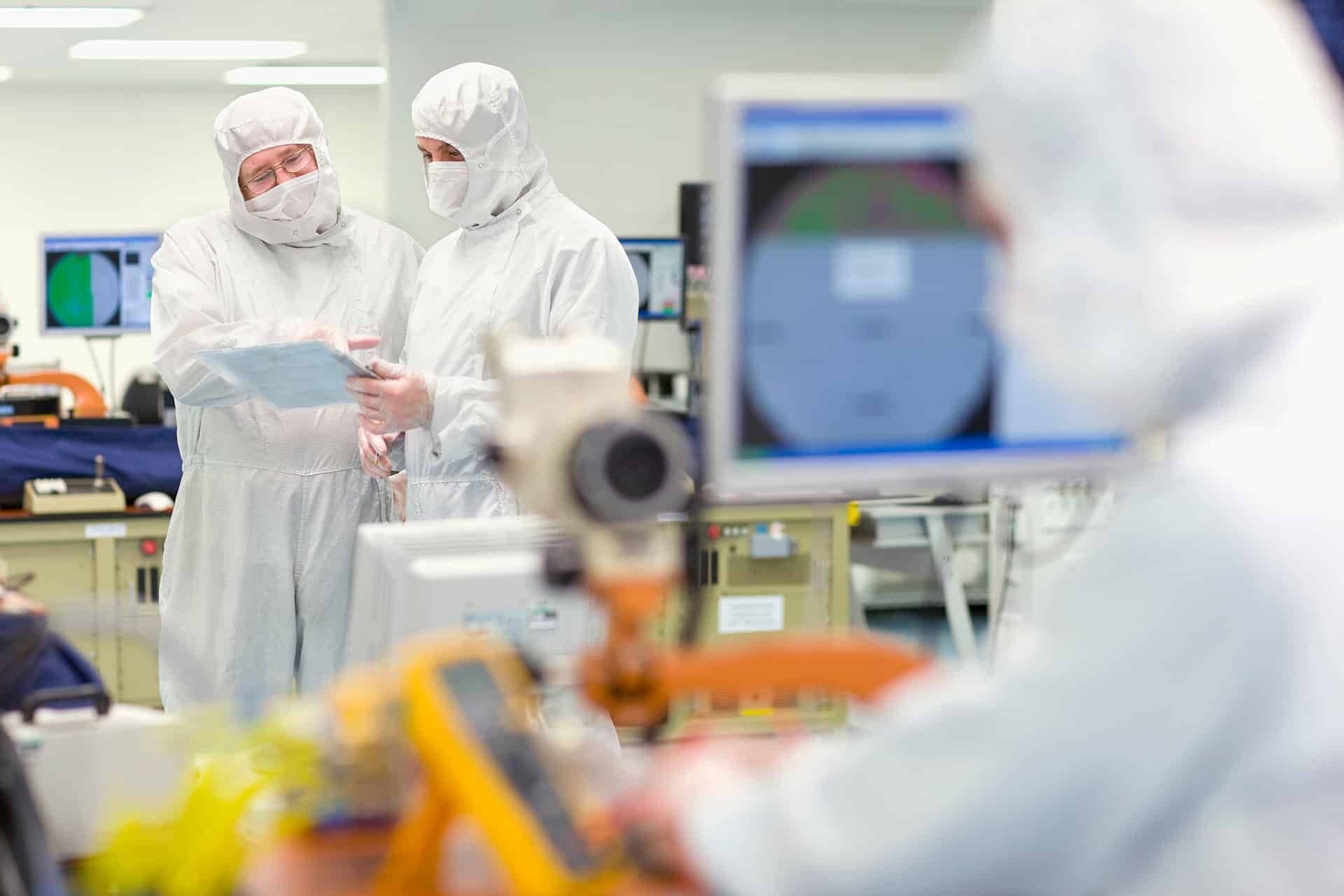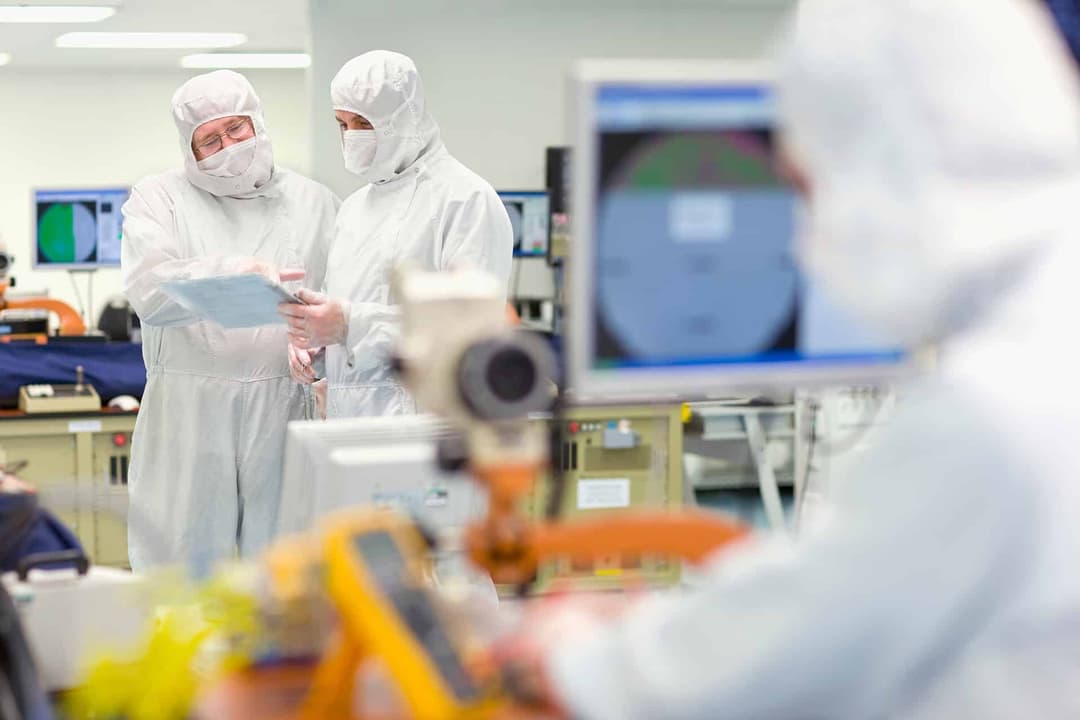

Will you keep your Cleanroom New Year’s Resolutions throughout 2024?
Will you keep your Cleanroom New Year’s Resolutions throughout 2024?
1. Cleanroom Cleaning
Never mind the Spring, why not start as you mean to go on, and make time for a proper ‘deep clean’ to get the year off to a good start?
Every industry has its own particular challenges but in any sector, the facility itself, equipment, and of course the personnel going into the clean environment to carry out operations can all introduce contaminants which will need to be removed.
And of course, cleaning materials themselves leave residues, which can build up and cause significant problems if not removed.
Check out our blog to learn more about some of the issues and how to resolve them: A Residual Problem in Cleanrooms… – ISO Cleanroom
2. Check the use-by dates on any sterilised PPE
Items of Personal Protective Equipment (PPE) have use-by dates, just like the items in your supermarket shopping trolley!
Coveralls/gowns, masks, eye protection, respirators and gloves which have been sterilised have varying shelf lives. Some items remain sterile for 12 to 24 months, so there is a wide variation, and it is always important to check before wearing.
Maybe an audit of what is lurking at the back of the storage areas is a good idea with the goal of recycling any out-of-date gear.
3. Cleanroom testing and certification
Your cleanroom needs testing and certifying at least every six to twelve months depending upon your ISO level. Have you let your lapse? The global cleanroom standard, ISO 14644 measures and records the concentration of airborne particles according to the specifications/ classifications of air cleanliness in cleanroom environments and contamination control equipment. During a validation to ISO 14644 your report will also detail the volume and velocity of airflow and the condition of your terminal filters (usually HEPA or ULPA filters) It applies in industries as diverse as aerospace, microelectronics, pharmaceuticals, medical devices, healthcare and food.
Validation is one of our key services and we use light scattering airborne particle counters (LSAPC) to determine the concentration of airborne particles, equal to and greater than the specified sizes (0,3 µm to 10 µm), at designated sampling locations or for specific pieces of equipment such as laminar flow booths, fume hoods and biosafety cabinets.
The ISO validation can be performed at any of three distinct stages:
- As-built – the bare bones of a cleanroom, an empty room not yet populated with any equipment and not in use.
- At-rest the cleanroom has now been populated with any equipment required but is not in use, i.e., no moving parts and no personnel in the room during the test.
- Operational – the cleanroom is now fully operational and operating in accordance with the defined process.
4. Cleanroom Monitoring
A lot can happen in a cleanroom between validation visits and so monitoring is a vital component to cleanroom health. The updated GMP Annex 1 puts a very heavy emphasis on monitoring and access to data and the interpretation of it but we believe it is vital for all industries to understand the performance of your cleanroom under different operational conditions.
If you do not already keep records perhaps your resolution in this area could be to start new daily monitoring records for 2024: recording particle counts, personnel in and out of cleanroom, pressures, and any environmental controls critical to your process like temperature, humidity, light, static etc are a good place to start.
Once you have identified the criteria, perhaps the task of maintaining the records could be given to someone keen to progress in the organisation – or maybe the responsibility could rotate, perhaps every quarter, which means a fresh pair of eyes will be coming in regularly to help keep the momentum going?
5. Calibration of measuring equipment
Individual items of equipment such as that cleanroom essential -the handheld particle counter – requires regular calibration using the reference particle counter method (also known as count match calibration), during which the particle counter is calibrated using reference particles and is compared to a calibrated reference unit to confirm its accuracy.
Other equipment requiring calibration via a variety of methods include pressure monitors, temperature and humidity readers. Calibration is usually required on an annual basis.
If you do not have a preferred supplier please get in touch and we can make recommendations.
6. Cleanroom Training
Equipment and infrastructure are just two aspect of cleanrooms – but most important in any organisation, large or small, is the people. Making sure you have the right personnel carrying out their roles according to correct protocols and practices is vital to the operation.… and talking of people, what about staff training?
Take advantage of the Contamination Control Network (CCN) offer of the CTCB-I Basic Cleanroom Technology online course, the first of which this year will be held on Tuesday 23rd January 2024.
Developed from the content of Bill Whyte’s latest book, ‘Basic Cleanroom Technology’, it is a half day course that provides an understanding of Cleanroom design and construction, testing and monitoring, as well as conduct, operations, and cleaning.
ISO Cleanroom founder and CCN board member.
We consider this material essential for anyone involved in companies that design, build, install, test, operate, clean, or maintain Cleanrooms. It can be done individually on our online course dates for just £250 per person or as a group on a date of your choice (quoted on request).
— Toni HorsfieldAs this course is delivered remotely, participants can join from anywhere: an experienced CCN Trainer will present this theory-based course, followed by a Q&A session and a short test.
To find out more about this or to request a bespoke course for your company, visit this link: https://www.theccnetwork.org/events/basic-cleanroom-testing
For additional information about any of the other topics covered here, contact Toni at ISO Cleanroom, call 0161 529 2816 or email sales@isocleanroom.co.uk